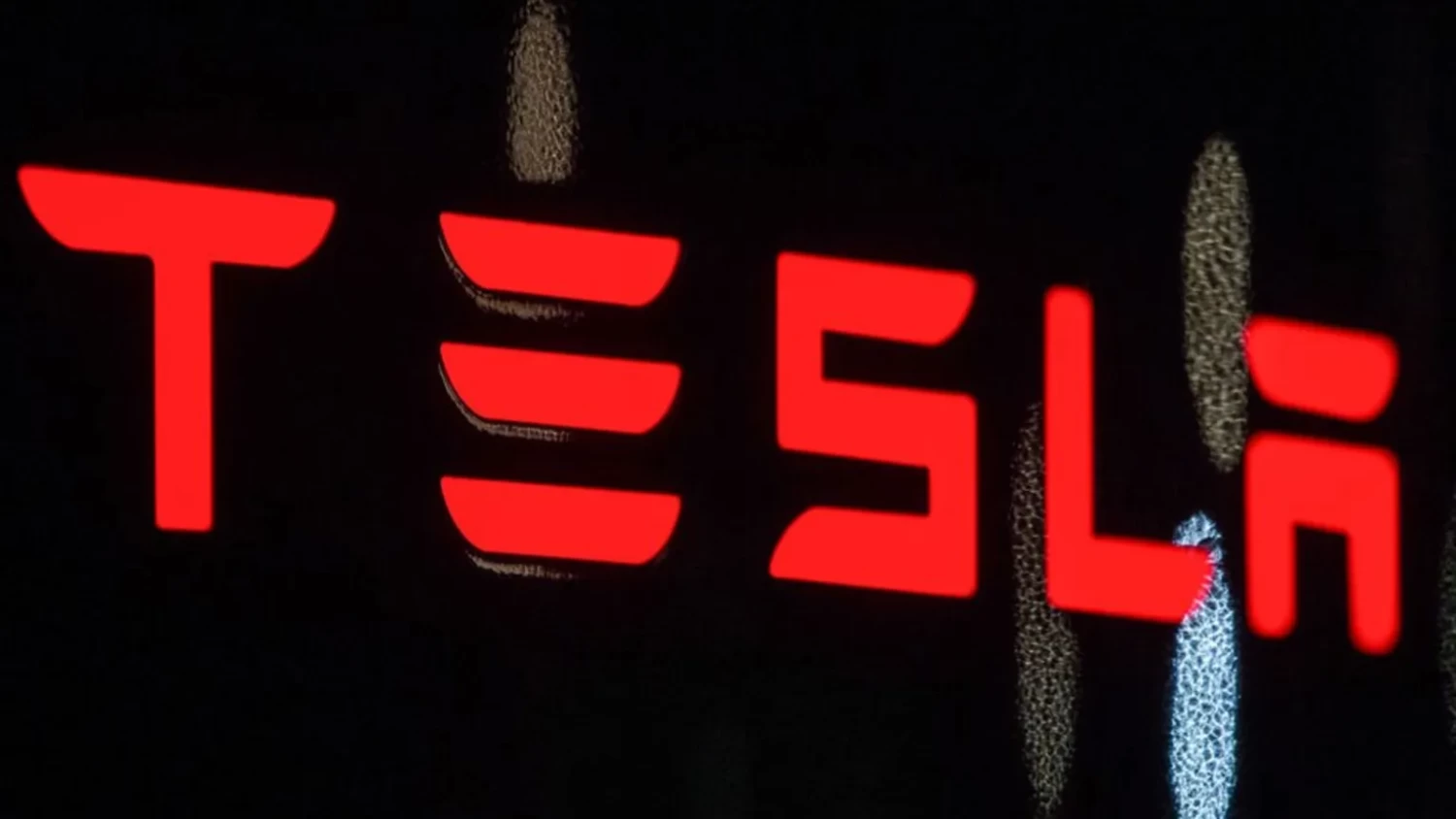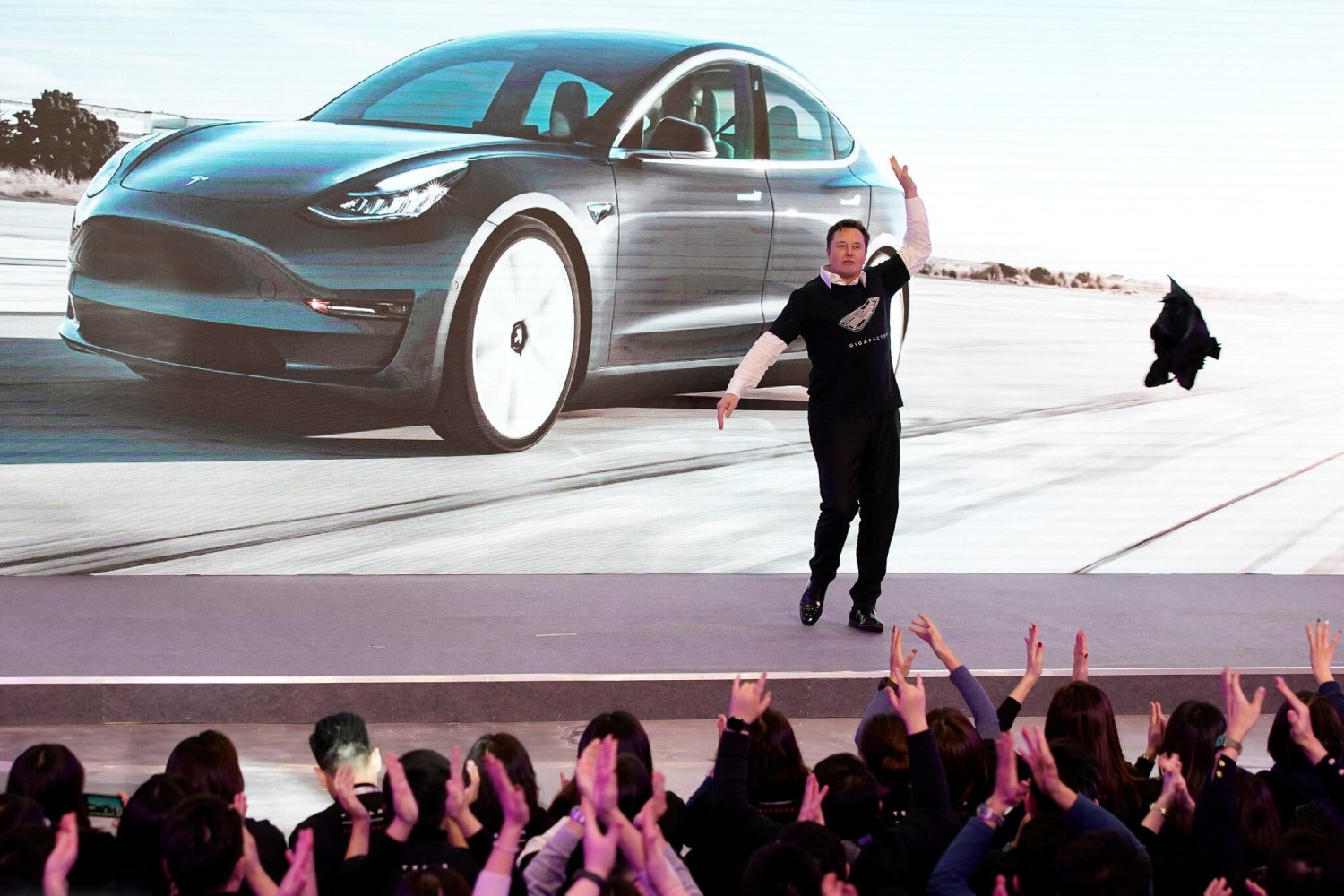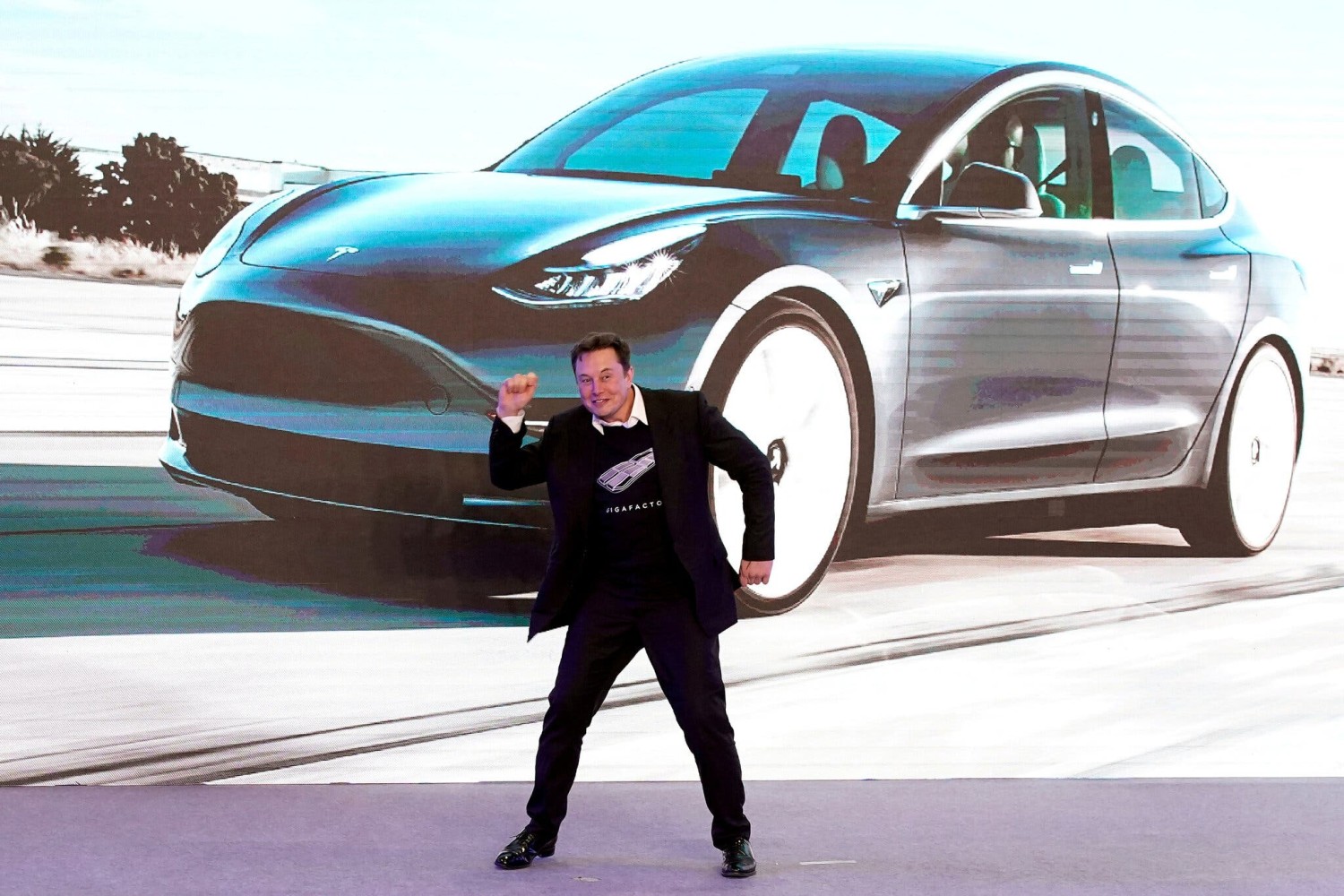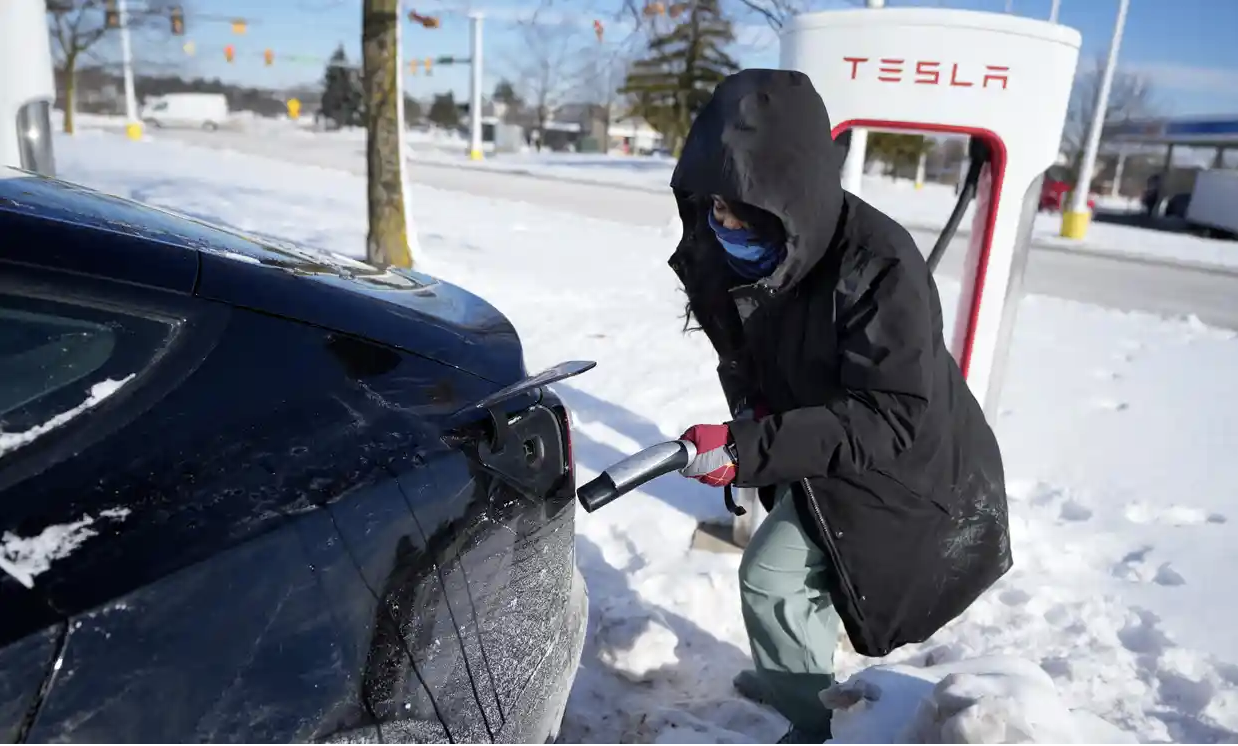What Canada can learn from Norway, the EV capital of the world
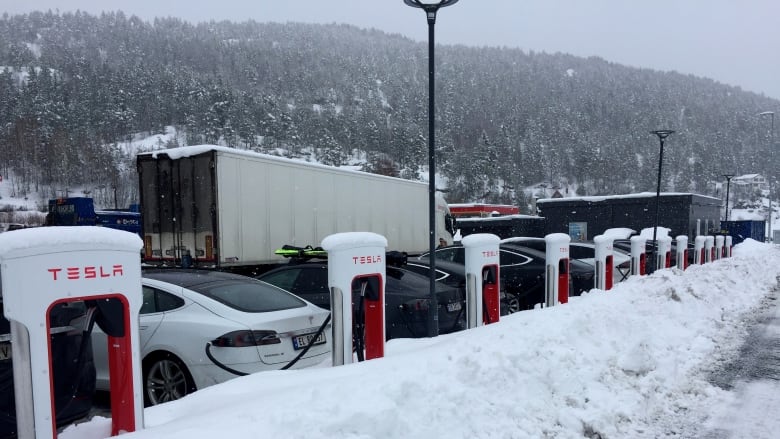
Canada's plan to end the sale of gasoline and diesel cars by 2035 has raised a multitude of questions about whether the country is up for the challenge, and what it would mean for drivers.
Norway is already well on its way to reaching that goal, with electric vehicles accounting for 82 per cent of all vehicles sold in 2023.
The country is aiming to become the first nation to end the sale of gasoline and diesel cars by 2025.
It's considered the world leader in EVs, with roughly one-quarter of all cars on the road now electric.
So, how did Norway get here? What have the challenges been? And what can Canada learn from its experience?
CBC News spoke to three experts, as well as a top official in the Norwegian government, to better understand the country's path.
How did Norway get here?
Norway may seem like an unusual hotbed for EVs, given its position as a leader in the export of fossil fuels. (It also has come under criticism for becoming the first country to approve deep-sea mining exploration, potentially for minerals such as cobalt and nickel that are used in EV batteries.)
But the wealthy nation of 5.3 million made several policy changes more than a decade ago to boost electric car sales as part of its effort to reduce greenhouse gas emissions domestically.
The government waived hefty vehicle import duties for EVs, as well as registration and sales taxes that are imposed on gas-powered vehicles.
It also exempted EV owners from paying road tolls and allowed them to use bus lanes in congested city centres.
New EVs are now a far more popular choice than gas-powered vehicles.
"We are very close to our target," Cecilie Knibe Kroglund, Norway's state secretary for the Ministry of Transport, said in an interview, referring to the 2025 goal.
"I think we all see this as a success."
Magnus Korpas, a professor of electric energy at the Norwegian University of Science and Technology who has followed the EV transformation closely, said the high taxes on gas-powered vehicles are the main reason for more people choosing EVs.
"It was that, in combination with access to bus lanes and free ferries and free parking, that made it very convenient for people," he said.
Christina Bu is secretary general at the Norwegian EV Association, an advocacy group of EV owners. She agrees that Norway's policy choices have been key to its success.
"There's nothing Norway has managed that other countries could not do as well," said Bu. "The fact that we've managed this fast transition is only because of policies, and also the ability or the will to keep those policies in place for a long time."
Canada has taken a different approach with its 2035 target. The federal government's plan, announced late last year, focuses on compelling car companies to increase the number of EVs available, until the sale of gas-powered vehicles is phased out in 2035.
The government also offers a $5,000 rebate for fully electric vehicles and $2,500 for hybrids, rather than imposing a tax on gas-powered vehicles.
Quebec, British Columbia and the Atlantic provinces also have provincial rebates that range from $500 to $8,000, depending on the province and certain conditions.
Are there enough charging stations?
The charging situation in Norway has improved dramatically over the past decade, according Bu, whose group advocates for improved access.
Vehicles now have a much longer range and there are far more charging stations around the country. There are nearly 8,000 fast-charging stations across Norway, equating to about 100 cars per fast charger.
The increase has been driven largely by private investment after an initial boost from the government, she said.

For example, gas stations often have a second row of fast chargers. The newer stations, she said, often feature the chargers as the first option, and the gas pumps behind them.
"It's something that a lot of companies are investing in a lot," she said.
In more rural areas, particularly in northern Norway, the government has invested more money to extend the network where businesses are more reluctant to do so, she said.
Daniel Breton, head of Electric Mobility Canada, an industry group, visited Norway 18 months ago. He said the country's approach to charging stations should be emulated here.
"We should put as much emphasis as we can on making sure that as many Canadians as possible will install chargers at home, or in charging hubs, or in multi-unit residential buildings, and therefore have a less of a need for public chargers," he said.
Has the grid been able to handle it?
So far, yes — though improvements are needed.
The demand from EVs in Norway amounts to about one per cent of the total demand on the grid, according to Korpas' calculations. The Norwegian Energy and Water Directorate estimated that even if all vehicles — both passenger and commercial — were electric, their demand would still only make up about 10 per cent of the total.
Korpas said Norway has the advantage of having a strong grid already in place, since the country relies almost exclusively on hydroelectric power to heat its homes.
"It's a cold country just as Canada, but due to the abundance of hydropower, we've been using electricity for heating for many, many decades," he said.
Korpas said the challenge comes when the majority of EVs are charged around the same time — generally in the evening, after people return from a day out.
However, he said policy choices could also address this problem — for instance, by imposing higher electricity rates for charging at peak hours.
How have the cars fared in the cold?
Like Canada, Norway has some very cold days. Studies have shown cold weather can reduce an EV's range by up to 30 per cent.
But there are also ways to mitigate the effects of extreme cold, such as preheating the vehicle before getting in the car, and charging more frequently to avoid the battery getting too low.
WATCH | What it's like to drive an EV pickup in the subarctic:
Ben Baird, a Yellowknife resident, takes us for a drive in his electric truck and tells us about the challenges of owning an EV like his. Between range anxiety, infrastructure, and costs, owners like Baird face several barriers.
Bu says Norwegians have gotten better at taking those measures.
"Our job as a consumer organization is, of course, telling people how this works and the precautions you can take," she said.
Overall, what's been the result?
Norway's EV transition has been so successful, it has started to pull back some of its incentives.
It has faced criticism, as well, from some environmentalists who say the government's policies have favoured the wealthy, and prioritized EVs over public transit.
"I think we have to do both," Kroglund said. She said funding public transit is a priority in cities, particularly in the capital Oslo, but "Norway is quite a rural country, so a car is necessary in many areas."

From an emissions perspective, the policy has been a win. Carbon emissions from road traffic dropped about 15 per cent from its peak in 2015 to 2021, according to the Norwegian government.
The government is now focused on encouraging the transition of transport trucks to electric, as well.
"There's still a lot to do in the zero-emission area when it comes to heavy vehicles," said Kroglund.
Keywords
Newer articles
<p>A bill that will ban TikTok in the United States unless its Chinese owner divests from the company has passed overwhelmingly.</p>
Congress gets closer to forcing TikTok to be sold or face US ban: What's ne
Israel Iran attack: Damage seen at air base in Isfahan
Ukraine ‘will have a chance at victory’ with new US aid, Zelenskyy says
Who will be Trump’s VP? A shortlist
Ukraine war: Kyiv uses longer-range US missiles for first time
House passes potential TikTok ban that could speed through Senate
How soon could US ban TikTok after Congress approved bill?
Caught between Israel and Iran, Jordan clings desperately to stability
Congress passes bill that could ban TikTok after years of false starts
